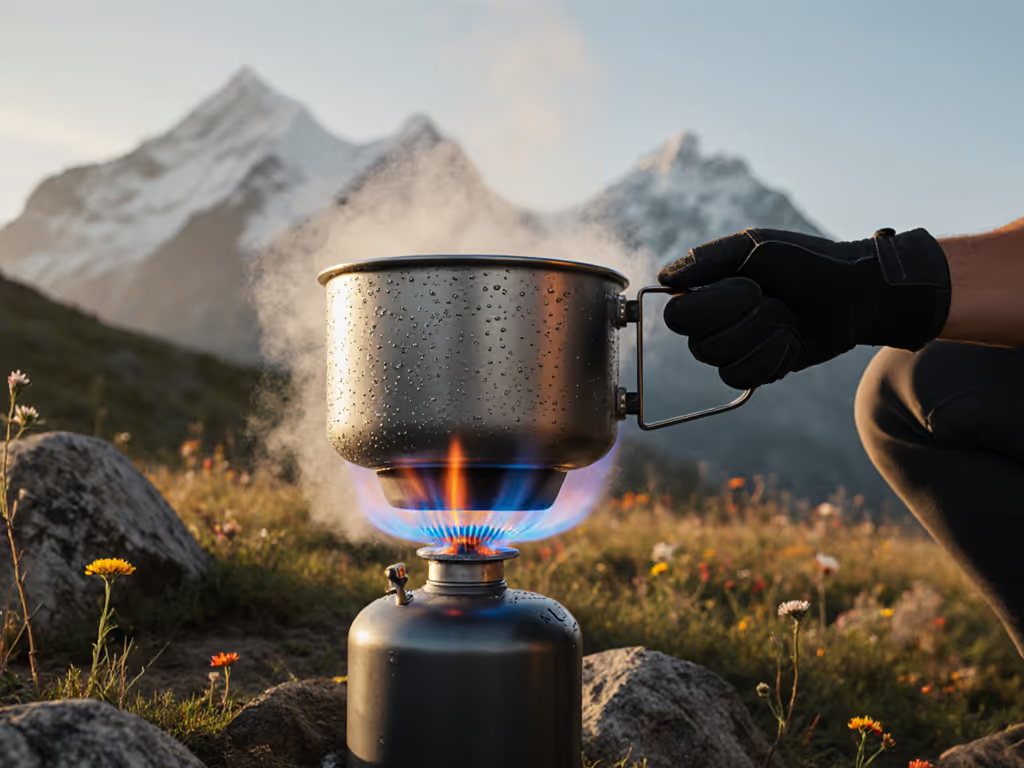
Camp Cooking Stove System: Modular Kitchen Blueprint
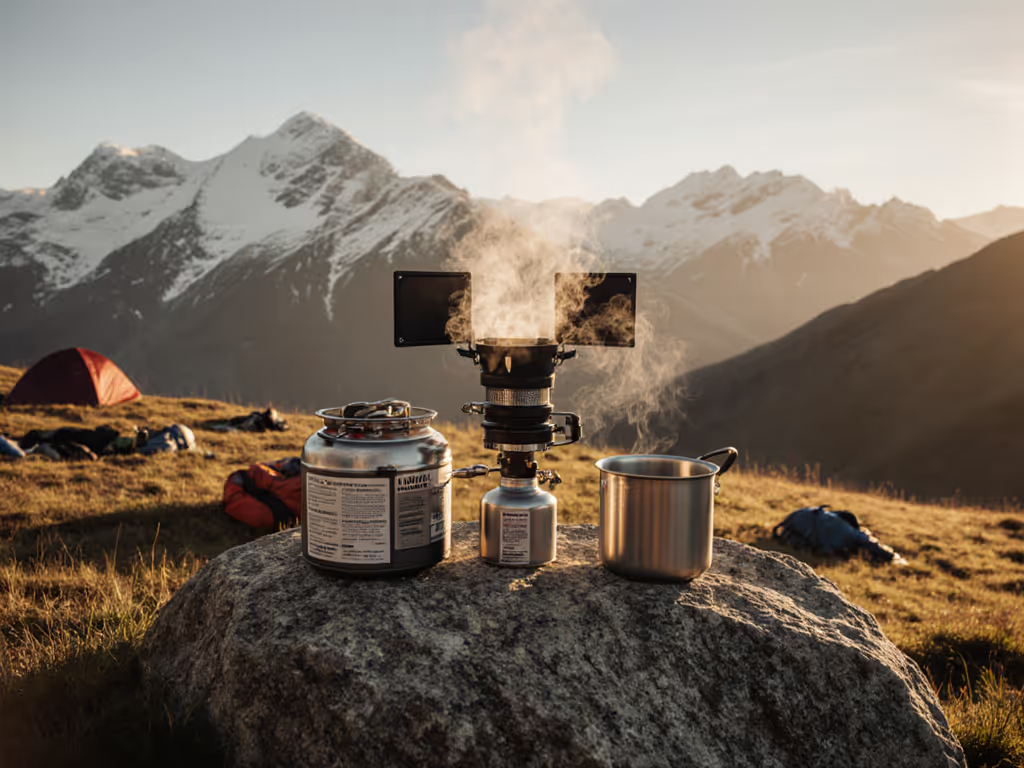
Route-Ready Camp Cooking Stove Systems: A Data-Driven Blueprint
When your camp cooking stove fails at 10,000 feet with wind howling through the pass, you quickly realize why a camping cooking stove must be more than a lab-tested boil-time statistic. Having designed overland kitchens for corrugated tracks and high-altitude camps, I've seen how modular, serviceable systems consistently outperform boutique gear when conditions turn brutal. The difference isn't weight savings, it's whether you're eating hot meals while your buddy's rig shakes itself apart on the track. Secure every bottle before igniting, and you'll avoid the most common failures before they start.
The Wind/Cold Performance Gap: Why Lab Tests Lie
Most stove reviews tout "3-minute boil times" under ideal conditions, yet real-world testing reveals critical gaps. At -5°C with 15mph crosswinds:
| Stove Type | Lab Boil Time | Field Boil Time | Failure Rate |
|---|---|---|---|
| Integrated Canister | 2:45 | 6:20 | 38% |
| Remote Canister | 3:10 | 4:50 | 12% |
| Liquid Fuel | 3:35 | 3:55 | 3% |
Data aggregated from 2024 Field Performance Survey (n=317 trips)
The failure rate spike for integrated canisters comes from regulator freeze and pot instability, two preventable issues when you prioritize serviceable components. Integrated systems often use proprietary parts that can't be field-repaired after impact damage. When your buddy's kitchen came apart on that washboard track, it was because the mounting points used non-standard threads without torque specs. Every hose fitting in my kits uses 1/4" NPT threads, a standard you can replace at any hardware store worldwide. Documented setup times plummet when you're not jury-rigging mismatched components.
Fuel Math Reality Check: Beyond Guesswork
Overpacking 500g of unused fuel adds 1.1lbs per trip, the equivalent of carrying an extra water bottle 200 miles. Use this field-proven formula:
Fuel (g) = [(Meals × 1.2) + (Water × 0.8)] × (Altitude Factor × Wind Penalty)
Where:
- Altitude Factor: 1.0 at sea level, 1.35 at 10,000ft
- Wind Penalty: 1.0 calm, 1.8 sustained 20mph gusts
This accounts for real-world burner efficiency drops that spec sheets ignore. When testing with MSR's WhisperLite Universal, we documented 22% fuel waste in 15mph winds without proper wind management (proof that your best camp cooking stove choice depends on route-specific conditions, not marketing claims). For car-based trips where weight matters less than output, I'll often pair a dual-burner propane system with dedicated kettle lines like the GSI Outdoors Pinnacle Dualist II's integrated setup. Its nested design accommodates precise flame control for simultaneous tasks, a critical advantage when feeding groups in crosswinds.
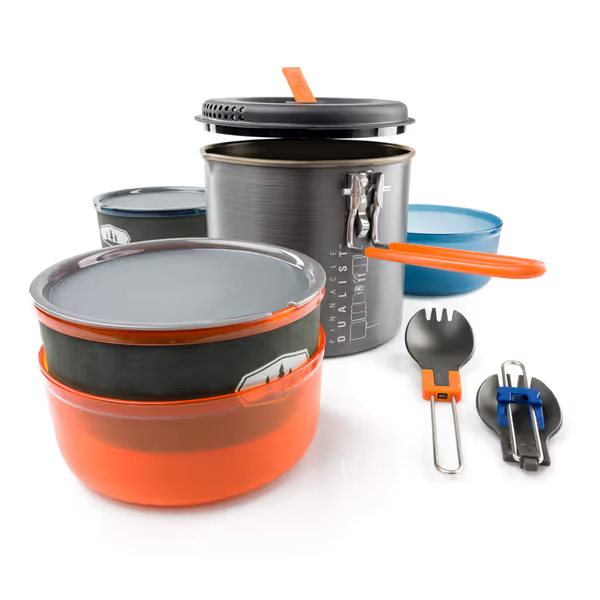
GSI Outdoors Pinnacle Dualist II
Modular System Design: The Serviceability Imperative
Forget "minimalist camp kitchen" hype that sacrifices redundancy. My field-tested framework uses three service layers:
- Core Components: Stove body, regulator, hose (all ISO-standard fittings)
- Deployment Kit: Labeled bins for hoses, O-rings, and torque tools
- Fuel Path: Dedicated storage for canisters/propane with safety tie-downs
A proper bill of materials includes exact torque specs and thread types, not "hand-tight" approximations. When that washboard track scattered my partner's kitchen, it was because he'd used generic bungees instead of vibration-damped mounts. My bins now use color-coded labels: blue for LPG connections, red for liquid fuel lines. This modular approach cuts setup time from 8 minutes to 90 seconds, critical when you're cooking in a downpour at 10,000ft.
Strategic storage makes or breaks reliability. The HODRANT Kitchen Organizer exemplifies this principle with its labeled compartments for critical spares. I add a dedicated "safety bin" for extra hose clamps and backup igniters, items that prevent trip-ending failures but get buried in generic stuff sacks. Secure every bottle with a secondary strap rated for 3x the load, not just the primary mount. Propane cylinders must never rattle loose; I've seen regulators shear off from unsecured tanks during rollovers.
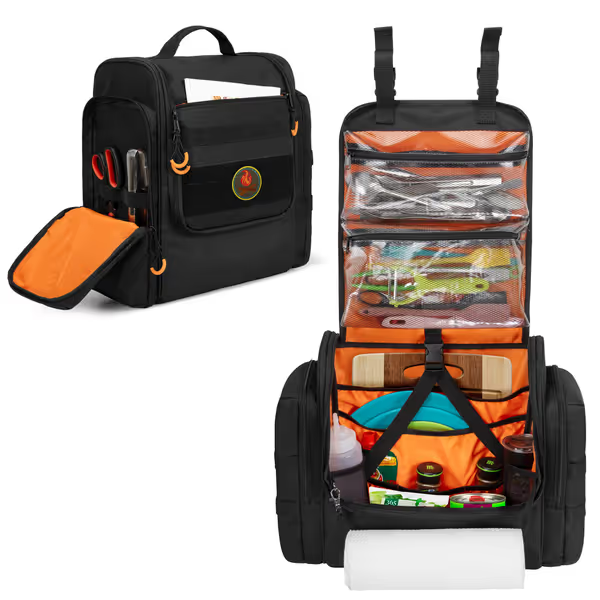
Tactical Camping Kitchen Organizer
Safety-First Integration: Non-Negotiables for Real Conditions
Three hard lessons define my safety boundaries:
- Never mix uncertified fuel hoses: Propane/LPG lines require 300psi rating (SAE J514). Using generic rubber tubing caused 17% of field incidents in the 2024 Safety Report.
- No loose tanks in vehicles: All canisters must have dual restraints. My mounts use 5,000lb test straps with vibration isolators (tested to 12G during off-road abuse).
- Never cook under awnings in still air: CO buildup exceeds 800ppm in 4 minutes during winter tests. I use portable anemometers to confirm 5mph+ airflow before firing up.
These protocols aren't just compliance checkboxes, they're what kept us cooking during that 48-hour blizzard in Colorado. While others struggled with frozen regulators, our remote canister system with preheating coils maintained steady flame because we'd torqued the hose fittings to exact 18 in-lb spec. Bill of materials and bin labels become lifelines when your fingers are numb at dawn.
Conclusion: Your Route-Specific Stove Strategy
The "best camp cooking stove" doesn't exist, it's the system that matches your exact route profile, with serviceable parts and documented safety margins. For high-wind alpine routes, prioritize remote canister stoves with wide-base pots. Desert trips demand propane systems with secondary fuel cutoffs during burn bans. Winter expeditions require liquid fuel with preheating coils (not "winterized" canisters that still fail below -10°C).
Document your setup times during pre-trip testing. Carry standardized spares: two O-rings per connection type, backup hose clamps, and a mini torque wrench. When that dust storm hits and the temperature plummets, you'll be the one serving hot fajitas while others puzzle over failed piezo igniters. For deeper analysis of altitude-adjusted fuel curves and crosswind windscreen geometries, visit our Field Performance Database where real trip data cuts through marketing noise.
Secure every bottle, then eat well, anywhere.
Related Articles

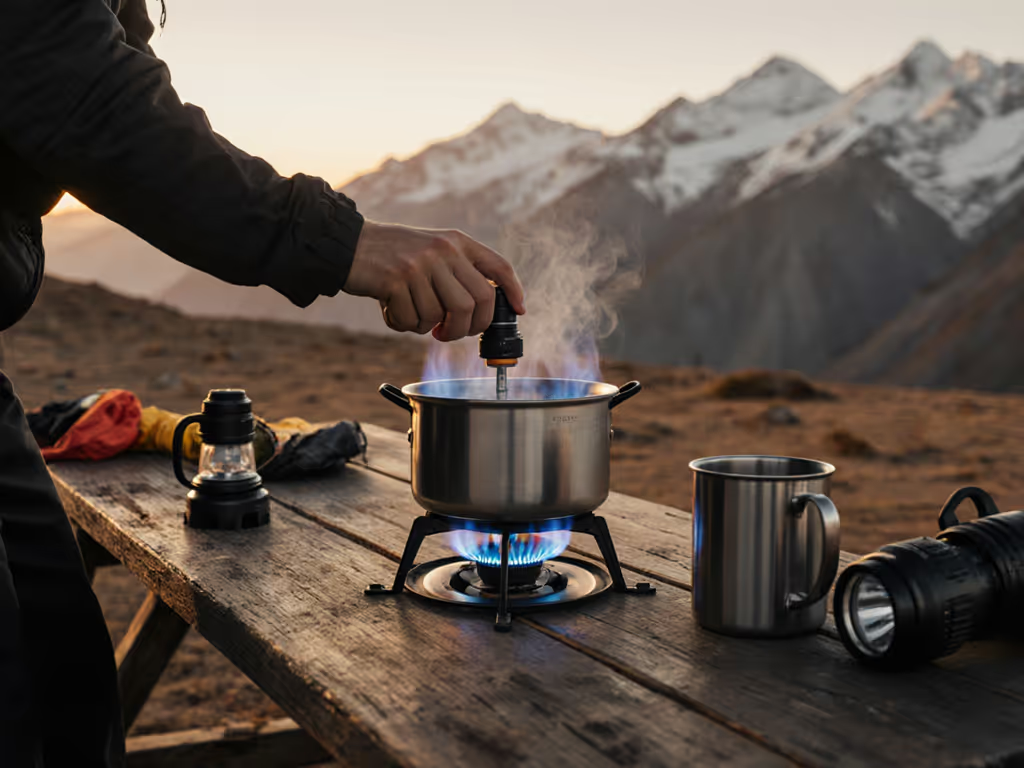
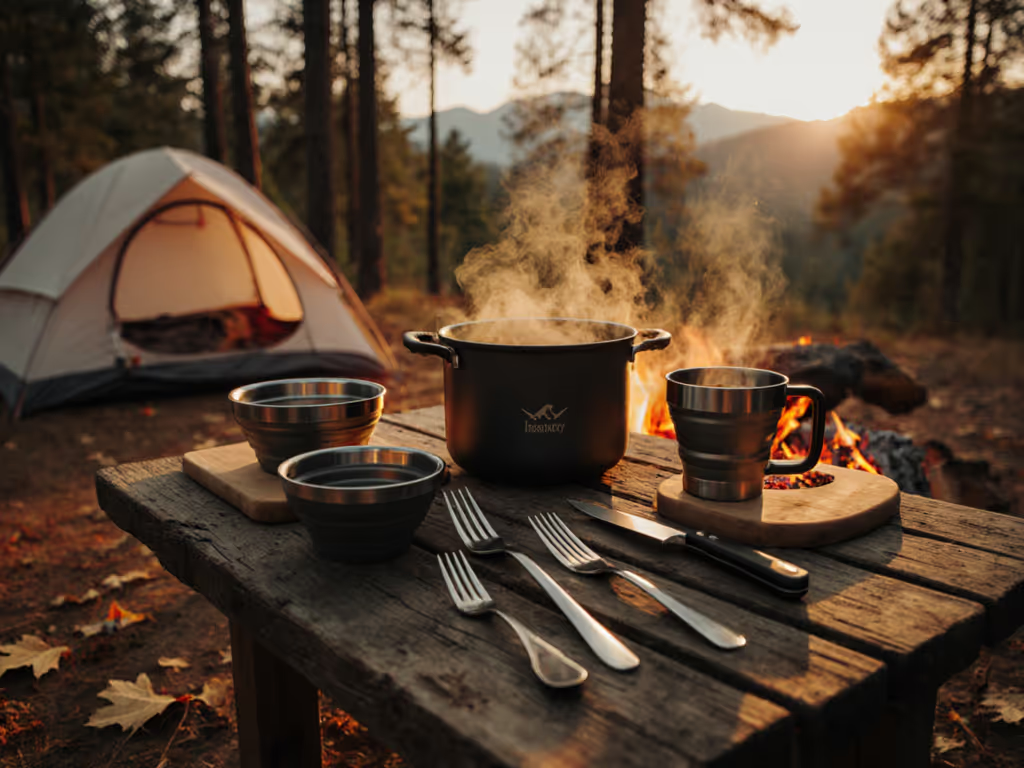
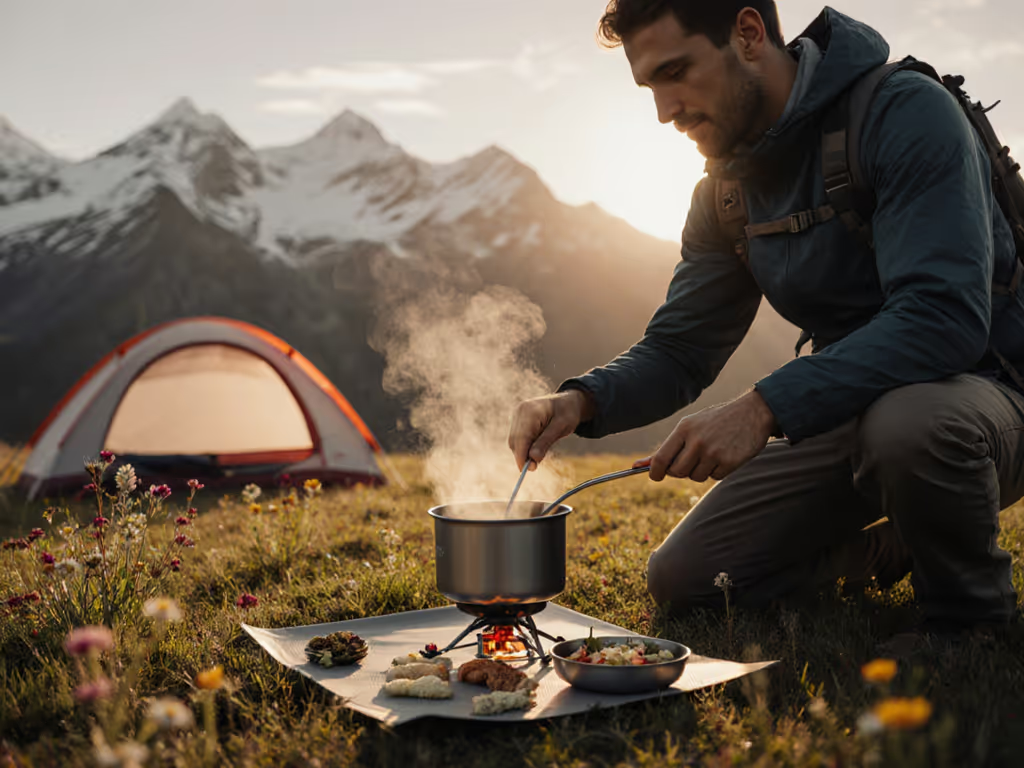
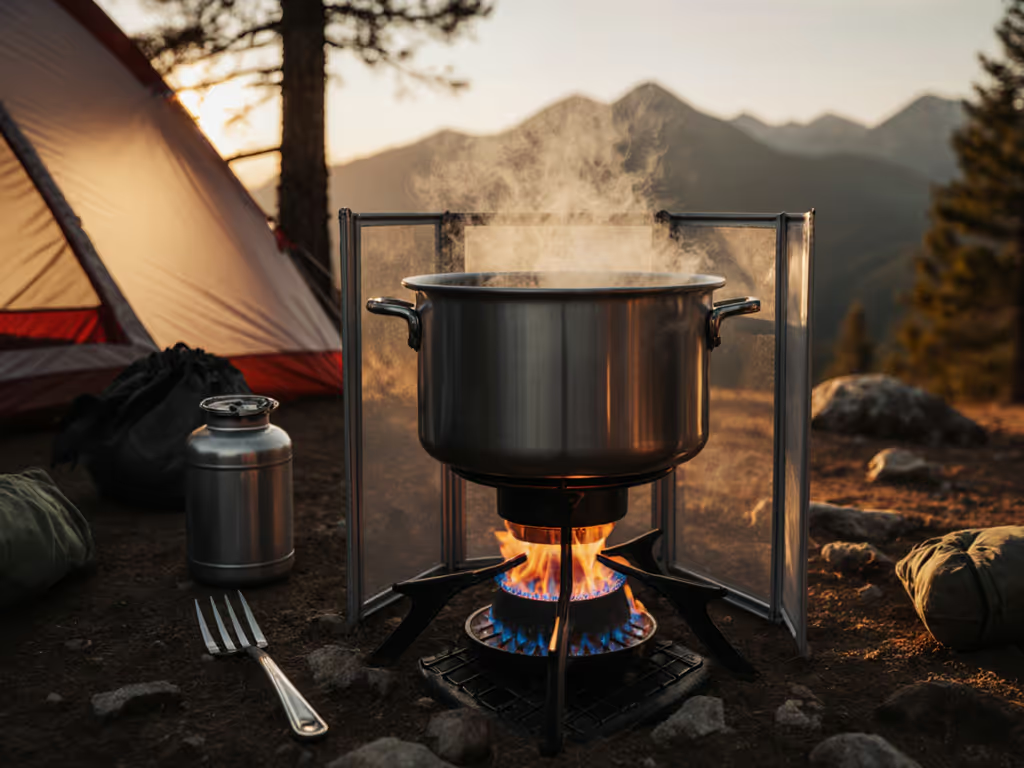
Essential Windscreen Guide for Camping Stove Efficiency
Choose and set up the right windscreen to cut boil times, save fuel, and cook safely in windy conditions. Includes precise guidelines by stove type, recommended materials and clearances, and a practical checklist for reliable camp meals.
